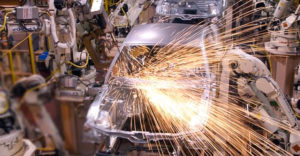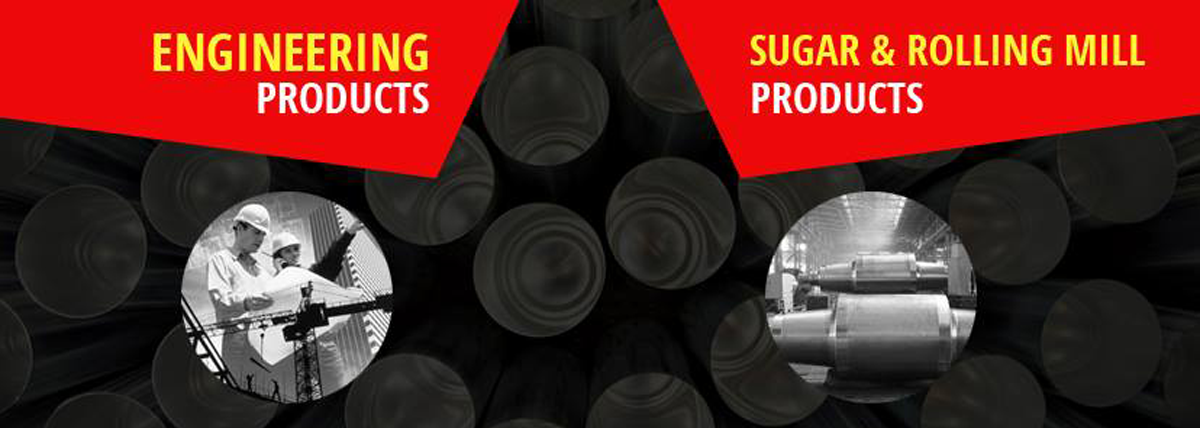
Steel is one of the most commonly used metals in the world which goes for a wide variety of applications. The global production of steel runs in billions of tons and there are many sub-categories having different characteristics depending upon their composition. The variance in characteristics relate to ductility, strength, hardness, looks and cost of the resulting steel. Selecting the right type of steel for your application is therefore of vital importance.
Here we will enumerate some of the differences between stainless steel and carbon steel and how it affects their usage.
Steel is an alloy obtained through a blend of carbon and iron. The percentage of carbon varies and normally lies in the range of 0.2% and 2.1% in terms of weight. Some other elements like chromium, tungsten, manganese are also used as alloying materials besides carbon. The differences in the element quantities determine the resulting steel’s ductility, hardness and its tensile strength.
Stainless steel has larger content of chromium which forms an invisible layer on the surface, empowering it with anti-corrosive property. Carbon steel on the other hand, has more of carbon content lending the steel attributes of efficient heat distribution and greater malleability.
Stainless steel is distinguished by its lustrous quality whereas carbon steel has a matt finish and is relatively dull. The content of chromium in stainless steel determines its shiny finish and greater the chromium content more lustrous is the metal.
The basic difference between the two lies in the fact that stainless steel has very less quantities of carbon steel and greater amounts of nickel, chromium, molybdenum and more for enhancing its chemical and mechanical attributes.
In a nutshell, the differences between carbon steel and stainless steel and the consequent applications can be summarized as follows.
The inbuilt layer of chromium oxide present in stainless steel distinguishes it from carbon steel. Hence carbon steel is open to corrosion while stainless steel is not. Carbon steel is therefore used in applications where the steel element is not exposed to public view; for example, when the final product is coated or painted. Carbon steel forged flanges form an important component in the piping systems of several industrial sectors.
The thermal conductivity of stainless steel is lower than that of carbon steel. This gives it an advantage in building facades, curtain wall systems, glass applications besides making it a suitable material in for projects in corrosive environments. Some of the products like stainless steel seamless pipes, stainless steel plates and other products go towards fulfilling the needs of varied customers around the world.
However, stainless steel is costly and hence projects which require large quantities of the metal prefer to opt for carbon steel to make it cost-effective.
Whether you need stainless steel or carbon steel will depend upon the application; however, the main thing to be borne in mind in this context is sourcing your requirement from the best suppliers in town. Reputed suppliers give guarantee of their product and hence you need to choose those stainless steel seamless pipes suppliers, stainless steel plates suppliers etc. who have built a good name in the market. This ensures that your application runs efficiently for many years to come.

